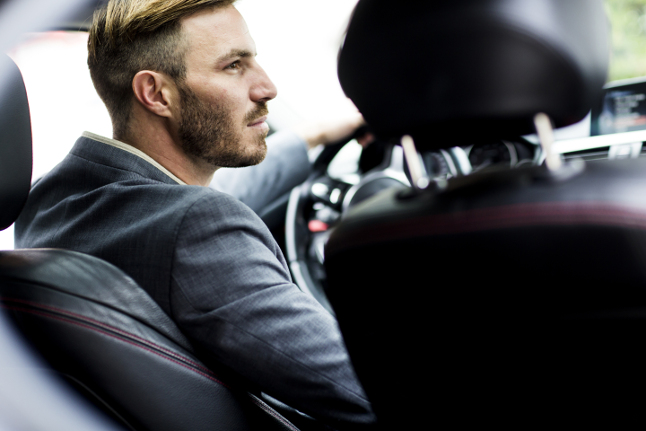Road Safety Week (21-27 November) not only plays an important role in raising the existing issues that we have on our busy roads, but it also brings to light other things we can do to help reduce the risks.
Being aware of the different types of road users, and ways to prevent potential accidents, is something we can all do to help the situation.
What is Saccadic Masking?
Saccadic Masking is something we all have. It is the way our eyes and our brain see things when we turn our heads. As we look left and right, our eyes capture snapshots – images that are sent to our brains which are then put together to look like one continuous image. Think of it like the way a camera captures film, by recording it in frames and then linking it together to create a shot. In the case of saccadic masking, the frames are called fixations and the blind spots between them are called saccades. Although we think we are seeing one continuous image, this is an illusion because there are saccades between the fixations.
Driving with Saccadic Masking
In short, the blind spots between the images your eyes capture are extremely dangerous. In these saccades, another road user could be approaching your vehicle and, even though you looked, you didn’t see them. It is also worth knowing that the faster you move your head, the shorter the fixations and the longer the saccades. This increases your risk of not spotting a cyclists/motorcyclist/moped etc.
What can I do about Saccadic Masking?
Looking both ways at a junction is important, but it is also important to pause for a fraction of a second at three points during this check. Instead of looking in one sweeping movement before pulling out, pause when you look left, in the centre, and when you look right. This checks your long, middle and short distance. It will prevent your eyes from giving your brain incomplete images. The more you do this, the quicker your eyes will adjust and the faster you will be at completing the procedure. You should carry this procedure out twice before pulling away. The simple fact is that if every driver made this small change to their driving habits, it could reduce the risk of road accidents by one quarter.
Visit the Road Safety Week website for more information on what you can do to make Britain’s roads safer.


